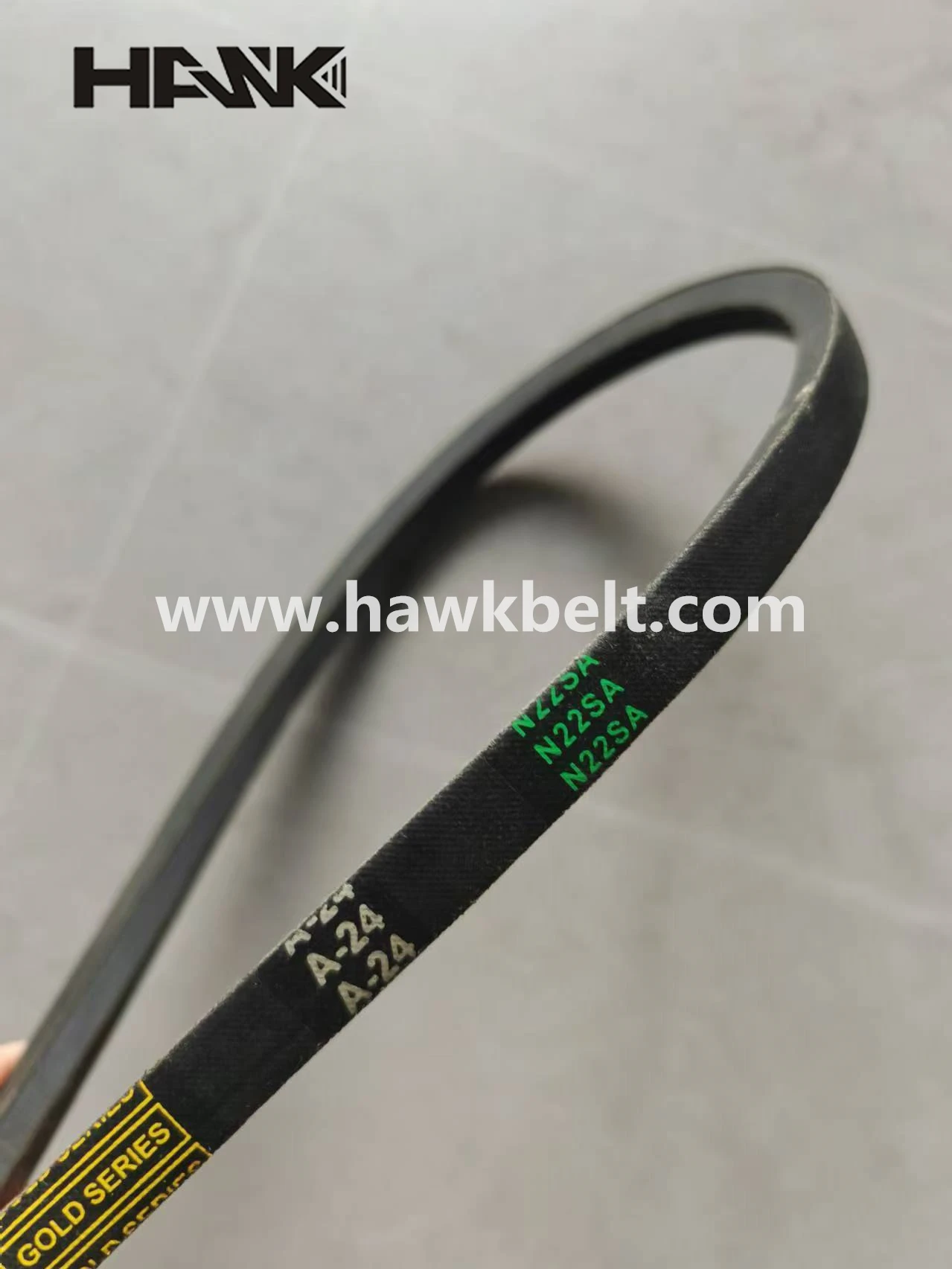- Arabic
- French
- Russian
- Spanish
- Portuguese
- Turkish
- Armenian
- English
- Albanian
- Amharic
- Azerbaijani
- Basque
- Belarusian
- Bengali
- Bosnian
- Bulgarian
- Catalan
- Cebuano
- Corsican
- Croatian
- Czech
- Danish
- Dutch
- Afrikaans
- Esperanto
- Estonian
- Finnish
- Frisian
- Galician
- Georgian
- German
- Greek
- Gujarati
- Haitian Creole
- hausa
- hawaiian
- Hebrew
- Hindi
- Miao
- Hungarian
- Icelandic
- igbo
- Indonesian
- irish
- Italian
- Japanese
- Javanese
- Kannada
- kazakh
- Khmer
- Rwandese
- Korean
- Kurdish
- Kyrgyz
- Lao
- Latin
- Latvian
- Lithuanian
- Luxembourgish
- Macedonian
- Malgashi
- Malay
- Malayalam
- Maltese
- Maori
- Marathi
- Mongolian
- Myanmar
- Nepali
- Norwegian
- Norwegian
- Occitan
- Pashto
- Persian
- Polish
- Punjabi
- Romanian
- Samoan
- Scottish Gaelic
- Serbian
- Sesotho
- Shona
- Sindhi
- Sinhala
- Slovak
- Slovenian
- Somali
- Sundanese
- Swahili
- Swedish
- Tagalog
- Tajik
- Tamil
- Tatar
- Telugu
- Thai
- Turkmen
- Ukrainian
- Urdu
- Uighur
- Uzbek
- Vietnamese
- Welsh
- Bantu
- Yiddish
- Yoruba
- Zulu
සැප්. . 27, 2024 05:31 Back to list
v-belts
The Importance of V-Belts in Mechanical Systems
When it comes to mechanical power transmission, v-belts have established themselves as one of the most reliable and versatile components in various industries. These belts, characterized by their trapezoidal cross-section, are widely utilized across numerous applications to transfer rotational power efficiently. Understanding their construction, advantages, and maintenance can help in ensuring optimal performance and longevity.
Construction and Design
V-belts are made from a combination of materials, typically rubber compounded with fabrics and reinforcement materials such as nylon or polyester. This construction allows for flexibility and strength, making them capable of withstanding varied loads and environmental conditions. The distinctive V-shape of the belt allows it to fit snugly into the grooves of pulleys, providing a secure grip that minimizes slippage while maximizing torque transmission.
The belts come in various sizes, widths, and lengths to suit different machines and applications. Standard designs follow specific industry classifications, such as A, B, C, and D series, each denoting different width and height specifications. Moreover, advancements in technology have led to the development of specialized v-belts, including notched, wrapped, and high-performance variants, each tailored for specific operational needs.
Advantages of V-Belts
One of the primary advantages of v-belts is their efficiency in power transmission. They maintain a high level of grip on pulleys, allowing for smooth and effective energy transfer between components without excessive energy loss. This efficiency often leads to lower operational costs and improved performance in machinery.
Another noteworthy aspect of v-belts is their elasticity
. Unlike rigid mechanical couplings, v-belts can absorb shocks and vibrations, making them ideal for applications where sudden changes in load occur. This property not only helps to extend the lifespan of the belt but also protects other components from undue stress.V-belts are also relatively easy to install and replace, making them a user-friendly choice for maintenance. The simplicity of their design means that operators can often perform replacements without the need for specialized tools, saving both time and labor costs.
v-belts

Applications of V-Belts
The versatility of v-belts enables their use across a multitude of industries. They are commonly found in industrial machinery, automotive systems, HVAC (heating, ventilation, and air conditioning) systems, agricultural equipment, and household appliances. In factories, v-belts connect motors to pumps, fans, and conveyor systems, ensuring efficient operation during various production processes.
In the automotive sector, v-belts play a crucial role in engine functionality by driving components such as alternators, water pumps, and air conditioning compressors. Their reliability and performance are vital in ensuring that vehicles operate efficiently and effectively.
Maintenance and Longevity
To ensure the longevity and optimal performance of v-belts, regular maintenance is essential. Operators should periodically inspect belts for signs of wear, cracking, or fraying. Proper tension is crucial, as both loose and overly tight belts can lead to premature failure. It’s also important to check the alignment of pulleys, as misalignment can cause excessive wear on the belt and associated components.
Environmental factors can also play a role in the degradation of v-belts. Exposure to extreme temperatures, oils, and chemicals can affect their material properties, leading to diminished performance. Therefore, selecting the right type of v-belt for the specific operational environment is crucial for longevity.
Conclusion
In conclusion, v-belts are integral components in mechanical systems, providing efficient power transmission across a wide range of applications. Their unique design, coupled with various advantages such as elasticity and ease of maintenance, makes them a preferred choice in many industries. By understanding their construction, applications, and maintenance needs, operators can ensure that these belts perform optimally and extend their working life, thus enhancing the overall efficiency of mechanical systems. The continuous evolution in v-belt technology promises even greater performance and reliability in the future, making them even more indispensable in modern machinery.
-
Korean Auto Parts Timing Belt 24312-37500 For Hyundai/Kia
NewsMar.07,2025
-
7PK2300 90916-T2024 RIBBED BELT POLY V BELT PK BELT
NewsMar.07,2025
-
Chinese Auto Belt Factory 310-2M-22 For BMW/Mercedes-Benz
NewsMar.07,2025
-
Chinese Auto Belt Factory 310-2M-22 For BMW/Mercedes-Benz
NewsMar.07,2025
-
90916-02660 PK Belt 6PK1680 For Toyota
NewsMar.07,2025
-
drive belt serpentine belt
NewsMar.07,2025

